Survival rates higher than 90 percent observed using solar-powered oyster production technology
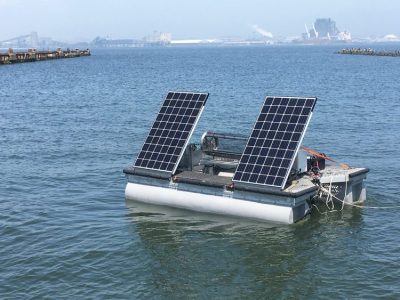
Solar Oysters and the Chesapeake Bay Foundation (CBF) have placed a second batch of oysters grown using solar energy on the expanding restoration reef off the shores of Fort Carroll, located in the Patapsco River just south of Baltimore.
These tiny oysters, also known as spat, were first placed on the Solar Oyster Production System (SOPS), a solar-powered platform located in Baltimore Harbor eight months ago, where they reportedly “thrived extraordinarily well.” While survival rates on oyster farms can vary drastically, survival rates of over 90 percent have been observed consistently on SOPS.
The SOPS is an innovative technology that uses clean energy via roof-mounted solar panels to power the rotation of oyster cages. By rotating vertically through the water column, oysters have access to more abundant food sources and exposure to sunlight when out of the water for periods of time to reduce fouling. The current compact design can produce up to 250,000 oysters in a 0.02-acre space compared to multiple acres used in traditional oyster farming on the Chesapeake Bay.
“This technology has the potential to shift the oyster aquaculture industry by reducing labor while producing healthy oysters for both restoration and consumption,” said Emily Caffrey, SOPS platform manager. “The Solar Oyster Production System’s automatic oyster cage rotation system dramatically increased oyster survival versus oysters sitting stationary. The more oysters that can be grown, the faster we can improve the bay’s water quality, and oyster farmers will have more product to sell at market.”
Oysters improve water quality by filtering water as they feed, removing excess harmful nutrients and increasing water clarity. Additionally, their reef systems create a habitat for native fish species. The Chesapeake Bay Foundation and the Chesapeake Oyster Alliance have an ambitious goal of adding 10 billion oysters to the bay by 2025.
Here comes the sun: Oyster and algae growers harness solar power
“New technologies, such as SOPS, give us the ability to think innovatively and increase oyster production to help us achieve this goal,” said Kellie Fiala, CBF’s Oyster Restoration Coordinator. “Over the past two years, we were able to increase the numbers of oysters grown in Baltimore Harbor by more than 60 percent by working with Solar Oysters.”
More than 356,600 oysters grown on the SOPS platform were transferred and planted at Fort Carroll this month, where they are expected to continue to thrive on the reef and help improve bay water quality.
The first batch of spat was placed on the SOPS in October 2021 and placed at the Fort Carroll restoration reef in November 2022.
The SOPS technology is being marketed to those interested in oyster restoration and aquaculture farming for consumption.
Follow the Advocate on Twitter @GSA_Advocate
Now that you've reached the end of the article ...
… please consider supporting GSA’s mission to advance responsible seafood practices through education, advocacy and third-party assurances. The Advocate aims to document the evolution of responsible seafood practices and share the expansive knowledge of our vast network of contributors.
By becoming a Global Seafood Alliance member, you’re ensuring that all of the pre-competitive work we do through member benefits, resources and events can continue. Individual membership costs just $50 a year.
Not a GSA member? Join us.
Author
-
Responsible Seafood Advocate
[103,114,111,46,100,111,111,102,97,101,115,108,97,98,111,108,103,64,114,111,116,105,100,101]
Tagged With
Related Posts
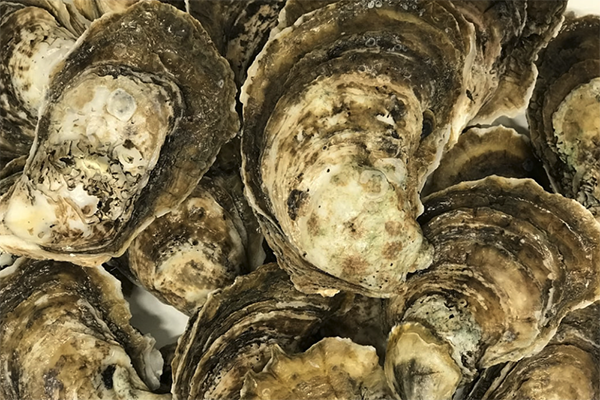
Responsibility
Joint initiative to replenish oyster population in Baltimore Harbor
Using a solar-powered automated aquaculture system, a collaboration aims to replenish the native oyster population in the Baltimore Harbor.
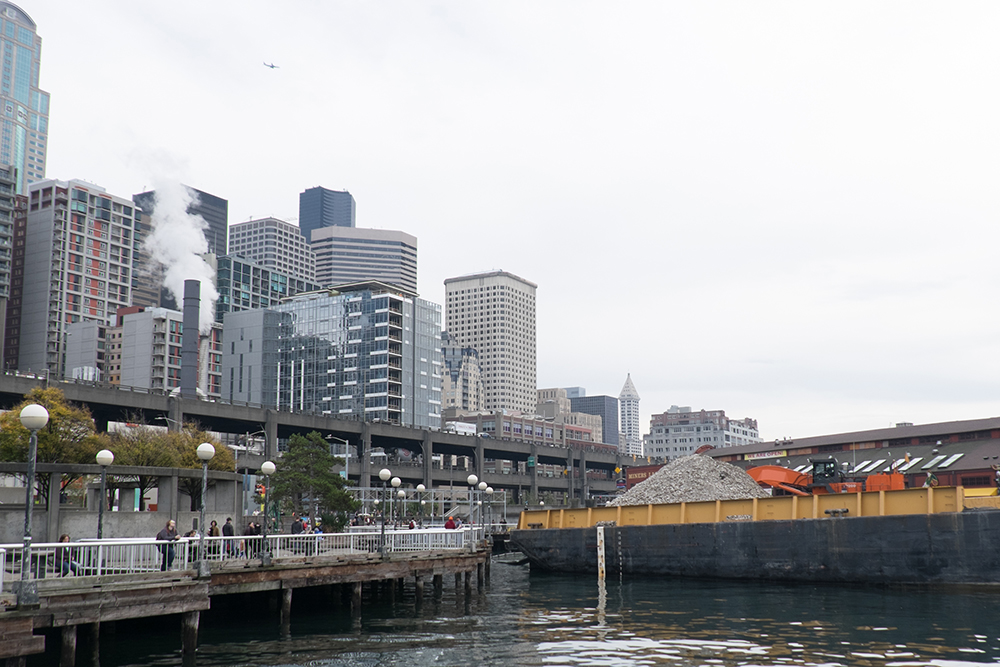
Innovation & Investment
We built this city on oyster shells
When Seattle decided to rebuild the seawall separating its waterfront from Puget Sound, it turned to a bivalve byproduct for a unique, environmentally friendly material for an hospitable marine habitat. The city wanted its design and materials as pragmatic and beneficial for its underwater residents as for those using the parks, paths and services above ground.
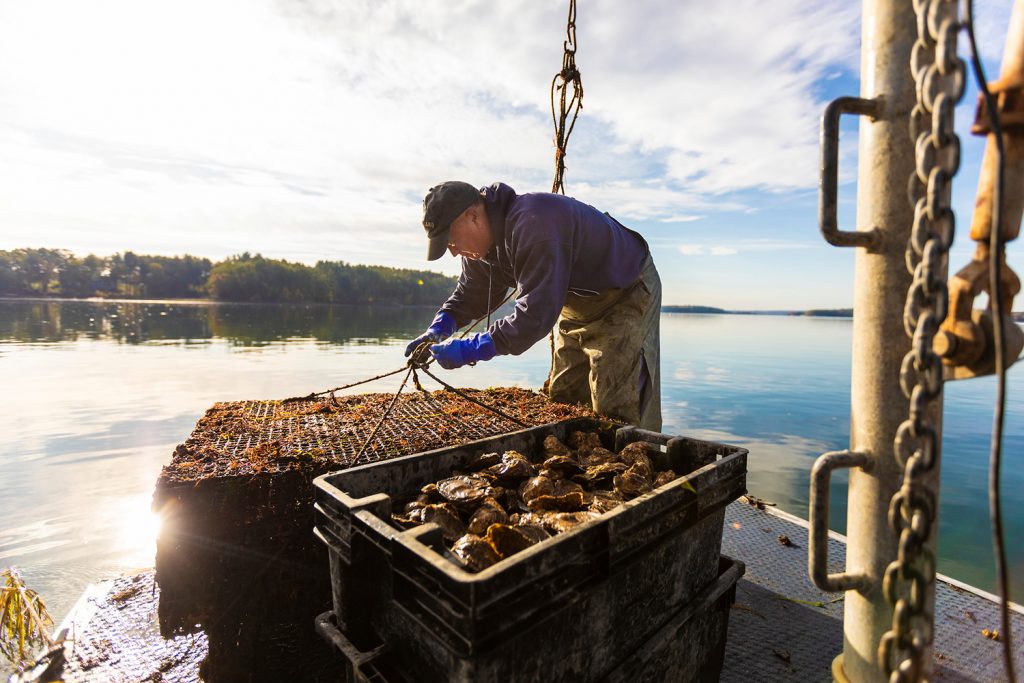
Responsibility
TNC: Restorative aquaculture can improve marine habitats, biodiversity
A report from The Nature Conservancy shows restorative or regenerative aquaculture can benefit ecosystems, marine animal habitats and biodiversity.
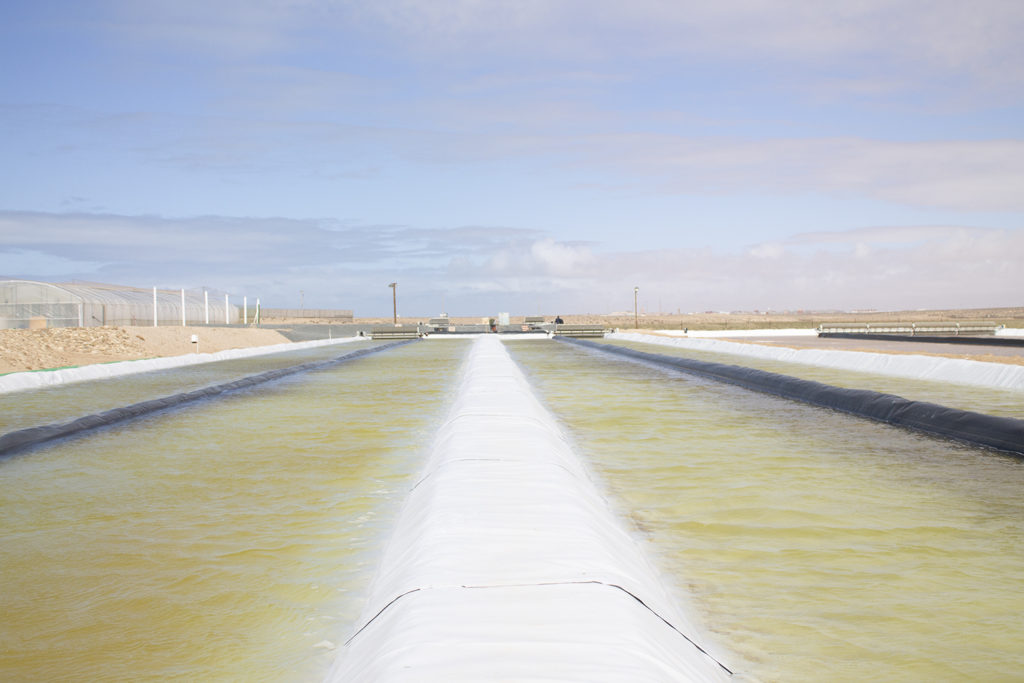
Aquafeeds
Sunlight, seawater and wind: A simple recipe for ambitious algae grower Susewi
Utilizing proven large-scale pond engineering, Susewi aims to become the world’s largest producer of algal biomass, with its sights set on aquafeeds.



